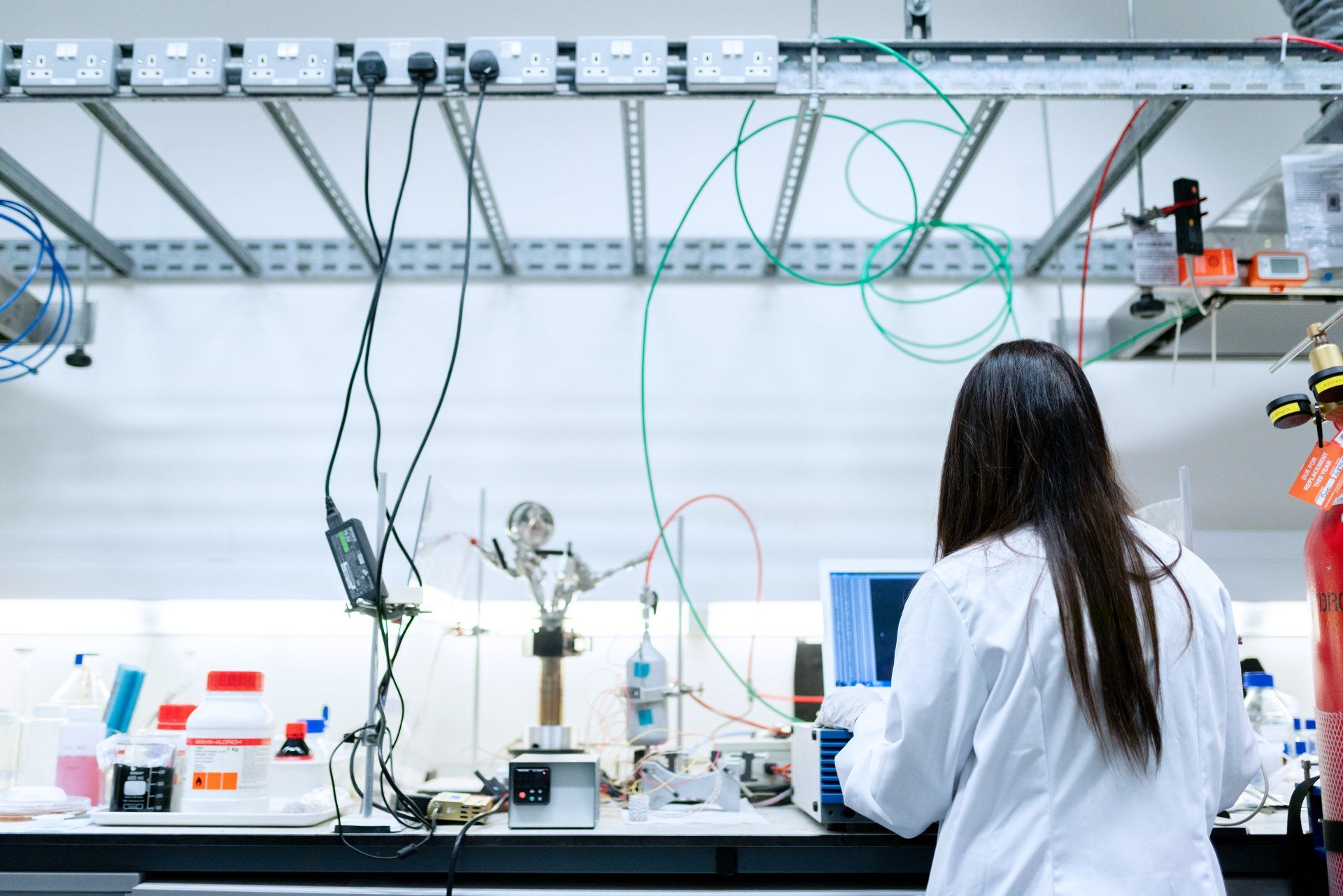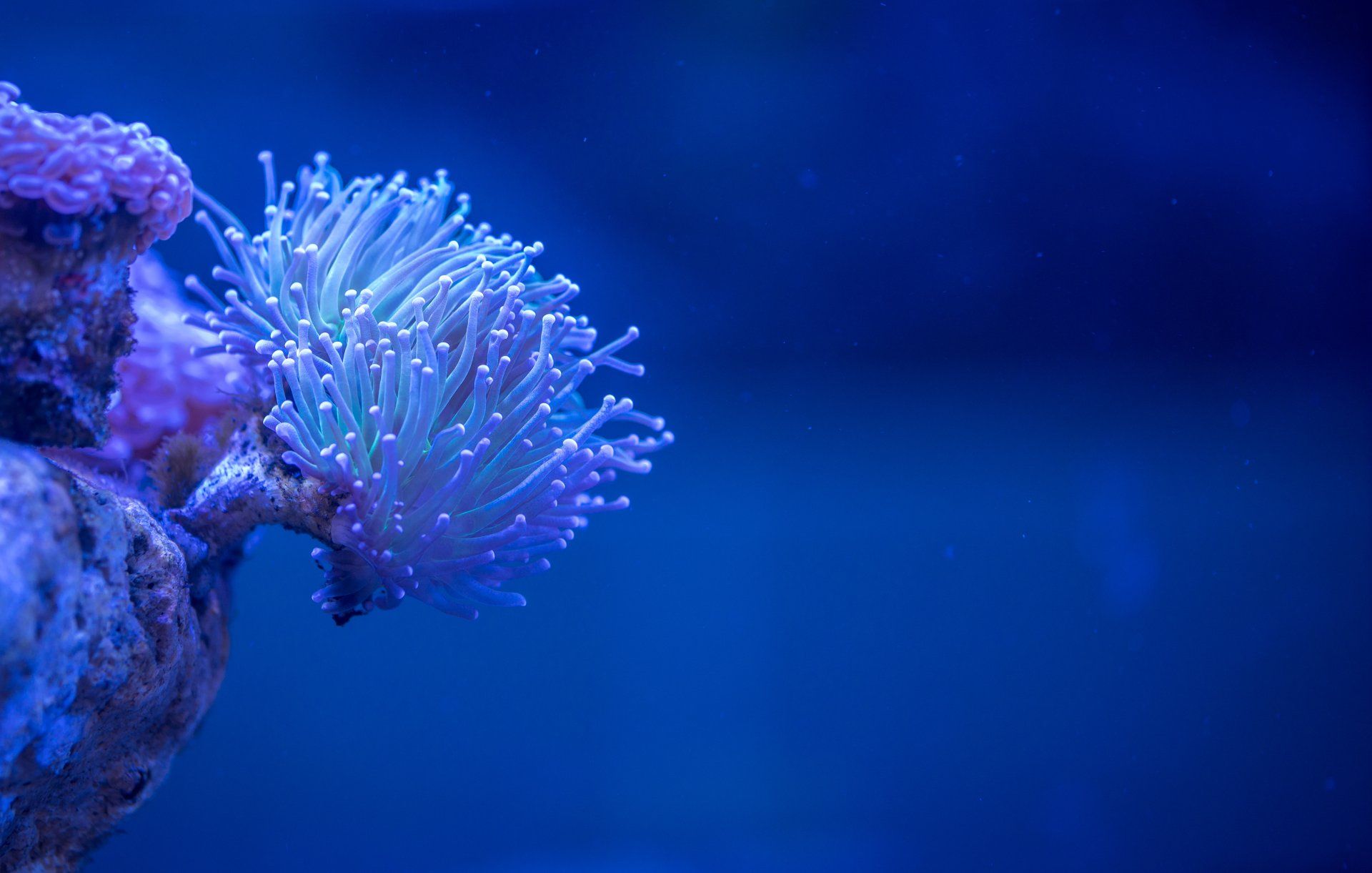Measuring Impurities in Water: The Importance of Testing Kits and Laboratory Equipment

This article describes 11 common impurities that can be found in water and how to measure them.
Chlorine
Chlorine is a commonly used chemical in water treatment plants to kill harmful bacteria and pathogens. However, excessive levels of chlorine can lead to health issues such as skin irritation, respiratory problems, and eye irritation. Testing for chlorine levels can be done using a DPD test kit, which measures the amount of free chlorine in water. This test kit uses a colorimetric method, which involves adding a chemical reagent to the water sample and comparing the resulting color to a standard chart to determine the concentration of chlorine.
Iron
Iron is a naturally occurring element that can be found in water sources. While small amounts of iron are not harmful, excessive levels can lead to an unpleasant taste and appearance of water. Iron can also cause damage to pipes and appliances, such as washing machines and water heaters. To test for iron levels, a water sample can be sent to a laboratory for analysis using an atomic absorption spectrometer. This equipment uses the absorption of light by a sample to determine the concentration of a specific element, in this case iron.
Lead
Lead is a toxic metal that can be found in water sources due to the corrosion of pipes or the presence of lead in soil. Lead can have serious health effects, particularly in children, as it can cause developmental delays and behavioral problems. To test for lead in water, a laboratory can use an inductively coupled plasma mass spectrometer (ICP-MS). This equipment uses a plasma torch to ionize the sample and measure the mass-to-charge ratio of the resulting ions to determine the concentration of lead.
Nitrates
Nitrates are nitrogen-containing compounds that can be found in water sources due to agricultural runoff or the presence of sewage. High levels of nitrates can lead to health issues such as methemoglobinemia, a condition that reduces the ability of blood to carry oxygen. To test for nitrates in water, a water sample can be sent to a laboratory for analysis using a spectrophotometer. This equipment measures the absorption of light by a sample at a specific wavelength to determine the concentration of a specific compound, in this case nitrates.
Phosphates
Phosphates are compounds that contain phosphorus and can be found in water sources due to agricultural runoff or the use of fertilizers. High levels of phosphates can lead to the growth of algae, which can cause problems such as reduced water clarity and oxygen levels. To test for phosphates in water, a water sample can be sent to a laboratory for analysis using a colorimetric test kit. This kit involves adding a chemical reagent to the water sample and comparing the resulting color to a standard chart to determine the concentration of phosphates.
Arsenic
Arsenic is a toxic chemical that can be found in water sources due to the presence of minerals or industrial waste. Exposure to arsenic can lead to health issues such as skin irritation, nausea, and even death. To test for arsenic in water, a laboratory can use a hydride generation atomic absorption spectrometer (HGAAS). This equipment uses a chemical reaction to generate a gas containing arsenic, which is then measured using an atomic absorption spectrometer to determine the concentration of arsenic.
Bacteria
Bacteria are microorganisms that can be found in water sources and can cause health issues such as diarrhea, dysentery, and other illnesses. To test for bacteria in water, a water sample can be sent to a laboratory for analysis using a bacterial growth medium. This medium contains nutrients that allow bacteria to grow, which can then be counted and identified to determine the presence and type of bacteria in the water sample.
Fecal coliforms
Fecal coliforms are a type of bacteria that are present in the feces of warm-blooded animals and can indicate the presence of sewage or other contaminants in water. Testing for fecal coliforms can be done using a test kit that utilizes a specific type of growth medium called a multiple-tube fermentation technique. This technique involves adding the water sample to a series of tubes containing the growth medium, which is then incubated at a specific temperature to allow the bacteria to grow. The presence of fecal coliforms is then determined by the amount of gas produced during the fermentation process.
Fluoride
Fluoride is a chemical element that can be found in water sources due to the presence of minerals or the addition of fluoride to water for dental health purposes. However, excessive levels of fluoride can lead to health issues such as dental fluorosis, which causes the discoloration or pitting of teeth. To test for fluoride in water, a water sample can be sent to a laboratory for analysis using an ion-selective electrode. This equipment uses a sensor to measure the concentration of fluoride ions in the water sample based on the electrical potential difference between the sensor and the sample.
Heavy metals
Heavy metals are elements that have a high atomic weight and can be harmful to human health in large amounts. These metals can be found in water sources due to the presence of minerals or industrial waste. To test for heavy metals in water, a laboratory can use a flame atomic absorption spectrometer. This equipment uses a flame to vaporize the sample, which is then measured using an atomic absorption spectrometer to determine the concentration of heavy metals.
Pesticides
Pesticides are chemicals used to control pests such as insects, weeds, and fungi. These chemicals can be found in water sources due to the use of pesticides in agriculture or the presence of runoff from treated areas. To test for pesticides in water, a laboratory can use a gas chromatograph-mass spectrometer (GC-MS). This equipment separates and analyzes the compounds in a sample using a combination of gas chromatography and mass spectrometry to identify and quantify the presence of pesticides.
In conclusion, there are various impurities that can be found in water and it is important to regularly test for these impurities to ensure the safety and quality of our water sources. Testing kits and laboratory equipment such as DPD test kits, atomic absorption spectrometers, spectrophotometers, and GC-MS can be used to accurately measure and identify these impurities. Regular testing and monitoring of water sources is crucial to protect the health and well-being of individuals and the environment.




